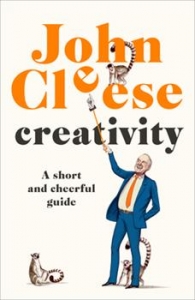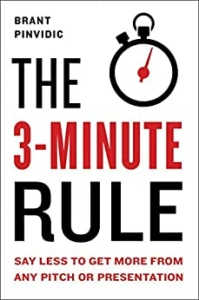Blogging What You Are Not
“I photograph weddings, but I am not a wedding photographer.,” asserts Marty Moran, owner of Whitehot Headshot. “I photograph headshots, but I am not in the headshot business,” he adds. “I am a relationship builder, strengthening my tribe as I help others strengthen theirs. Give them quality and support, and they will make return visits,” Moran believes.
My networking colleague Ron Mannon often needs to explain that his company, Combustion & Systems, Inc., an industry leader in powder coating systems, does not actually do powder coating or paint finishing. Instead, they provide the equipment and training so that their customers can do their own finishing rather than farming out that part of the manufacturing process.
At Say It For You, we create SEO-conscious content, but do not focus on the science of Search Engine Optimization, believing that blogging is about much more than back-links and “authority”. What do you want to say to your customers today? What will get them excited enough to choose you over the competition? How will you keep them coming back for more information in the future?
In the Harvard Business Review, Madelaine Rauch and Sarah Stanske write about “the power of defining what your company isn’t”. There are times when having an “anti-identity” can be useful in communicating with customers, employees, and investors,” they explain. “We suspect,” the authors say, that companies might experiment with an anti-identity approach, analyzing who they really are and what that implies about what they are not. “No business – particularly a small one – can be all things to all people. The more narrowly you can define your target market, the better,” the staff of Entrepreneur Media, Inc. say.
Of the top 10 mistakes new business owners make, Gene Marks of the Hartford says, #1 is trying to do things you’re not good at. Translating that very sage advice into the field of blog content creation, that means defining in your blog not only the successes and strengths of the business or practice, but defining precisely which products and services you provide – and which you don’t. After all, Since exceeding customer expectations is such a worthy goal, clarifying those expectations and aligning them with reality is a key part of the marketing process. “It is vital,” smartkarrot.com advises, “to put parameters upfront, so that you can honor them time and again.”
Blogging, in short, clarifies what you are, but it is equally important to clarify what you are not!







Follow us online!